5 types of wetland ecosystems and where to find them
You may not notice wetlands as you pass them, but chances are you’ve seen them, whether driving to the beach, near a forest stream, or even on a farm in the Dakotas. There’s great variation in the places we call wetlands, and they are worth a closer look.
What is a wetland?
Wetlands are lands that have water on them part of the time — such as high tides or in spring — or have very shallow water. Think something in between a lake and that puddle that forms in your backyard after a heavy rain.
A wetland type is determined by:
- how it is formed (where the water comes from)
- the types of plants found there
- the location
Swamps, Marshes, and Bogs, Oh My
Swamps have trees or shrubs. Marshes do not have them, but they are home to grasses and other herbaceous plants. Bogs and vernal pools are formed by precipitation and fens by groundwater. All our names for these important places can give us a hint about what life they support.
Below are a few examples of wetlands, and some places you can discover them:
Salt Marsh
Salt marshes are found in tidal areas near the coast, where freshwater mixes with saltwater. They are usually protected from the full force of the open ocean but are flooded several times a day. The most common plants are salt-tolerant grasses, which can resemble watery hay fields. Some early European settlers actually harvested “salt hay” for their livestock. Salt marshes provide good habitat for waterfowl, crabs, oysters, and many species of fish. Many national wildlife refuges along the East and Gulf coasts feature salt marshes.
Notable Species: Cordgrass, groundsel, black rail, salt marsh harvest mouse, great egret, fiddler crab, black duck.
Mangrove Swamp
Mangroves are shrubs, usually reaching less than 10 feet high. They thrive in saltwater and grow along the coast in tropical and subtropical regions. Most mangrove swamps in the U.S. are found in Florida, with smaller patches along the coasts of Texas and Louisiana. Their dense root systems provide good habitat for many species of fish, shellfish and other species, and also help reduce the impact of storms on coastal areas. Mangrove seeds can survive for days in the ocean, sometimes traveling to start new colonies many miles from where they started.
Notable Species: Red mangrove, brown pelican, key deer, American crocodile.
Bottomland Hardwood Swamp
Bottomland hardwoods are commonly found in the southern U.S., usually near seasonally flooded streams and rivers. For many, this is the picture of a swamp: Deep forests with trees rising out of dark, slow-moving waters, perhaps an alligator peering from under a bank.
They are wildlife havens — over 600 species of plants have been documented in Georgia’s Okefenokee National Wildlife Refuge alone.
Notable Species: Wood stork, alligator gar, wood duck, prothonotary warbler, American alligator, bald cypress, water tupelo, black gum.
Prairie Potholes
These freshwater marshes are found in the upper Midwestern prairies, especially the Dakotas and Minnesota. Depressions that were created by retreating glaciers about 10,000 years ago;, they fill with water during spring, providing important habitat for waterfowl and many other species. Indeed, the Prairie Pothole Region is often called America’s “duck factory” since around half of the continent’s ducks spend at least part of the year there. The prairie potholes are an important water source, and they help recharge underground aquifers.
Notable Species: northern shoveler, pintail, blue-winged teal, interior least tern.
Notable Refuges: Arrowwood National Wildlife Refuge; Madison, Devils Lake and Waubay Wetlands Management Districts.
Northern Bog
Northern bogs are most often found in the northern U.S., including Alaska. They receive most of their water from precipitation, and are poorly drained. Plants don’t decompose well, due to a lack of oxygen and high acid content, so the bogs build up rich nutrient layers on the bottom.
Many species have special adaptations that allow them to survive there, such as pitcher plants and sundews, which get some of their nutrients from trapping insects.
Notable Species: Bog turtle, black spruce, olive-sided flycatcher, Connecticut warbler.
How can you help these special places?
- Go out and visit! There are many national wildlife refuges in addition to those listed above that have wetlands, and some are even designated Wetlands of International Importance (also known as Ramsar sites). You can find a national wildlife refuge near you.
- Buy a Duck Stamp. Not only does a current Duck Stamp get you into any national wildlife refuge that charges an entry fee, but the money from your purchases goes directly into protecting more wetlands — over 5.7 million acres since 1934.
- Volunteer. The United States has lost over half of its wetlands since 1800, but there are restoration projects taking place around the country. You could consider volunteering for one, or learn about some of the programs that help restore wetlands near you.
Wetlands clean our water, help reduce flooding and erosion, and can be incredibly beautiful. They are some of the most productive ecosystems in the world, providing food, shelter and cover for thousands of species, including endangered species that can’t be seen anywhere else.
Next time you drive by some wetlands, stop and take another look. There’s a whole world waiting beyond dry land.
By Christopher Deets, Migratory Bird Program










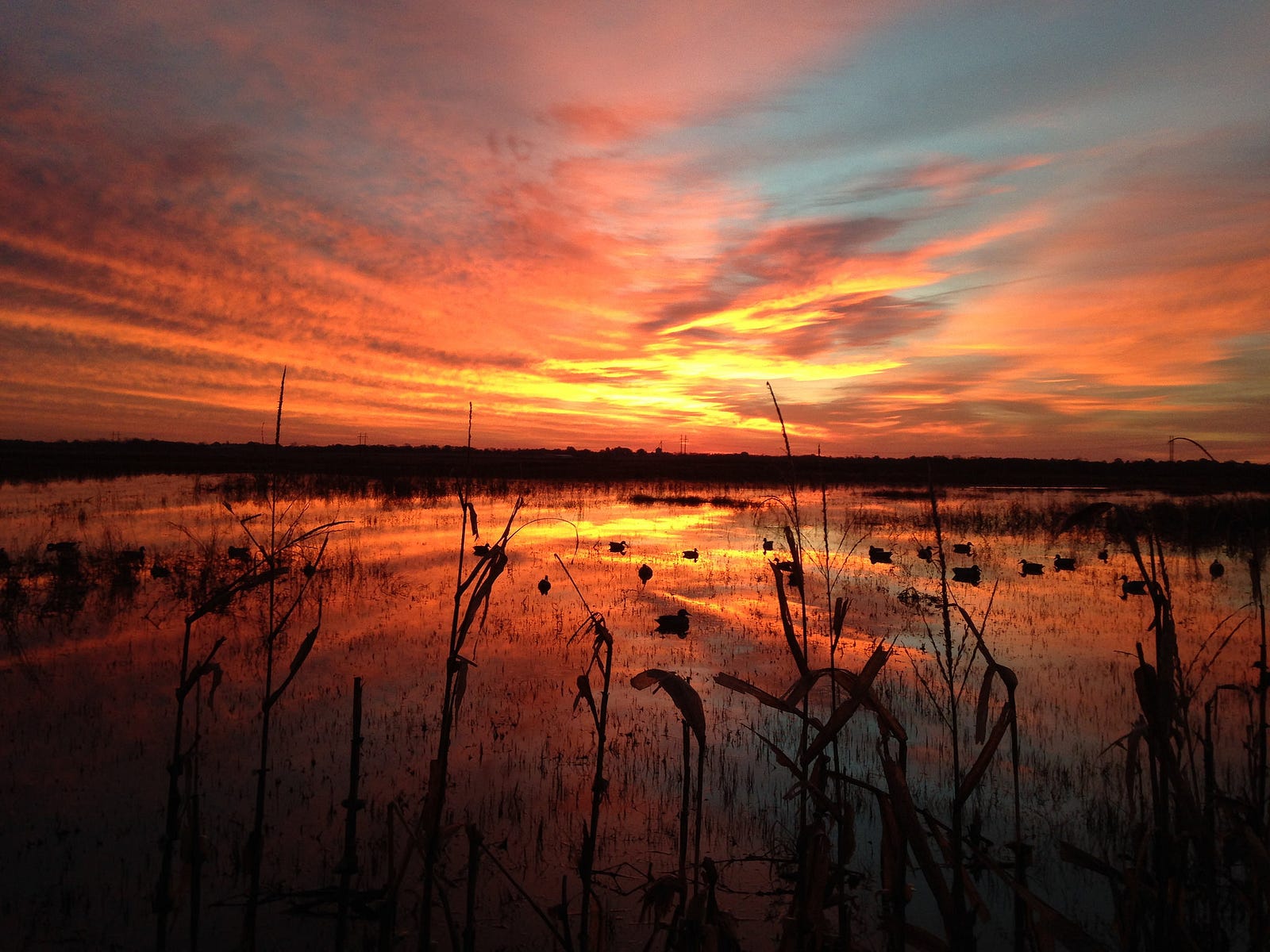
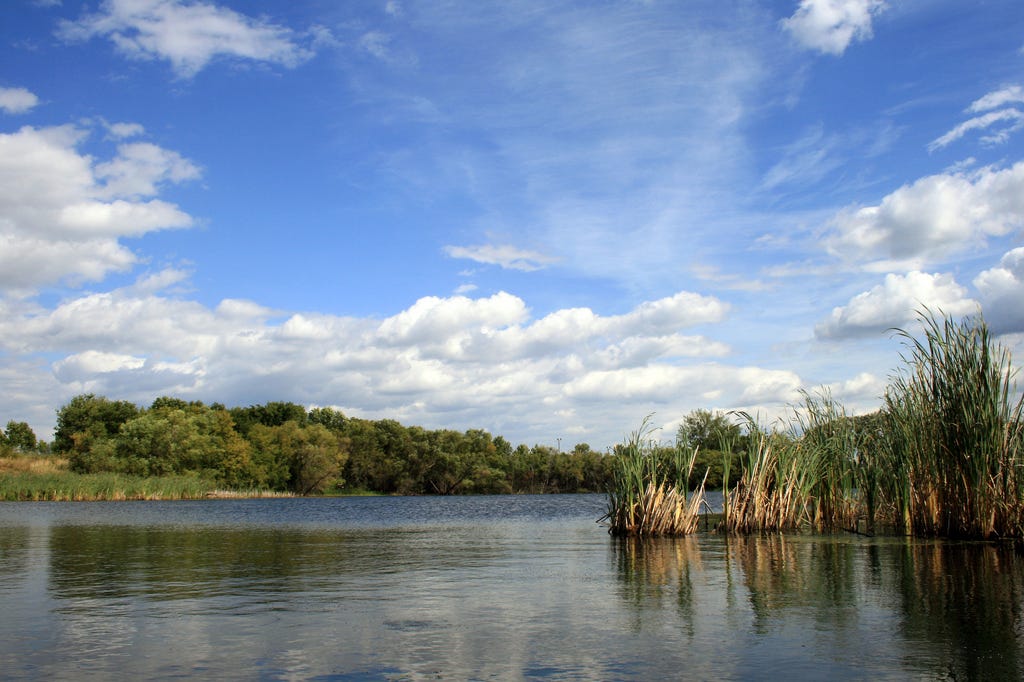
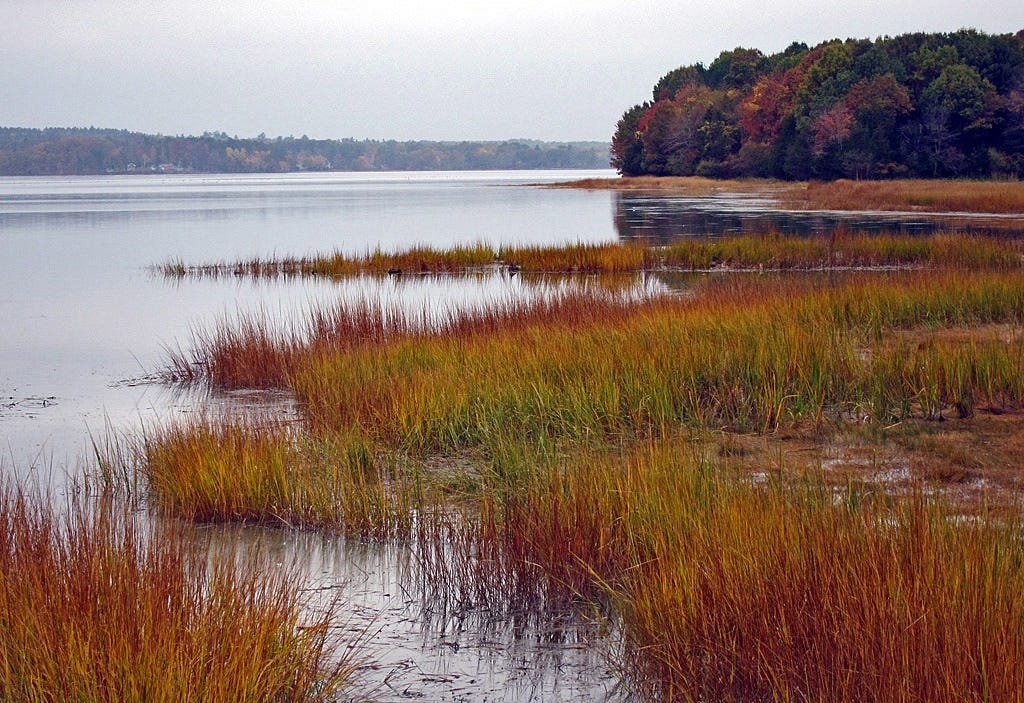

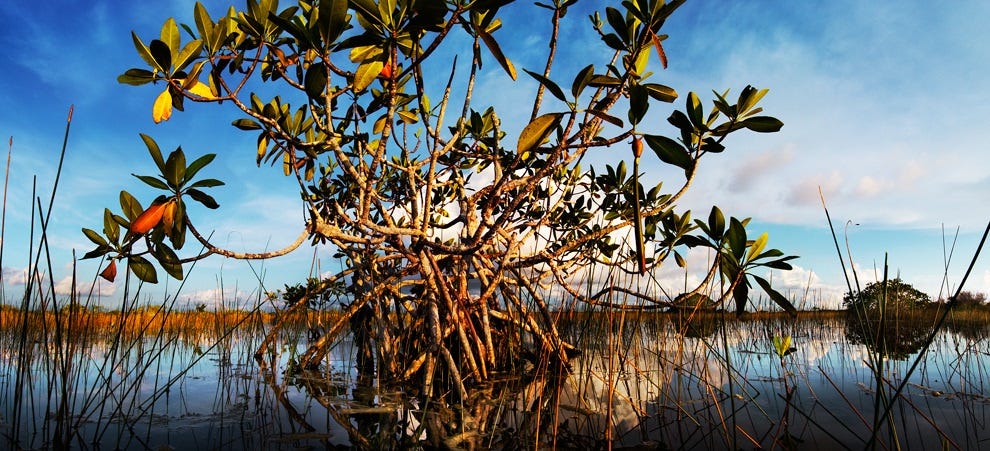
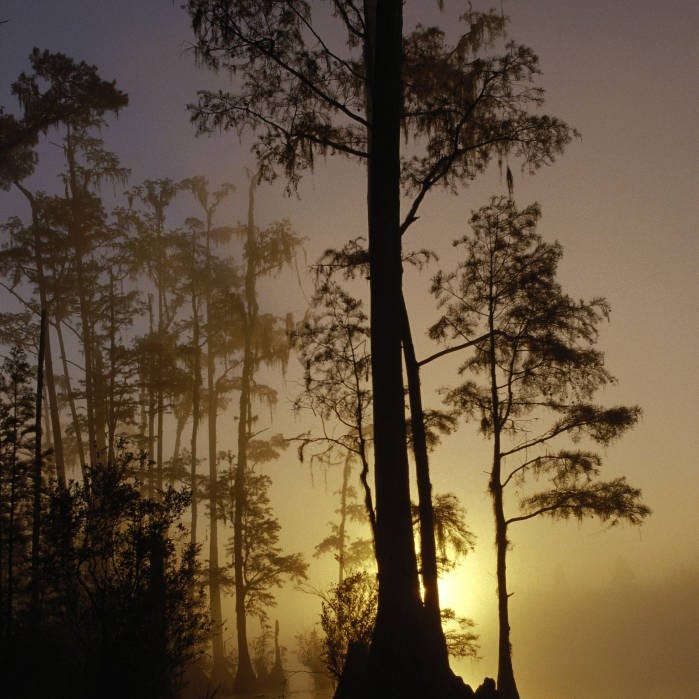


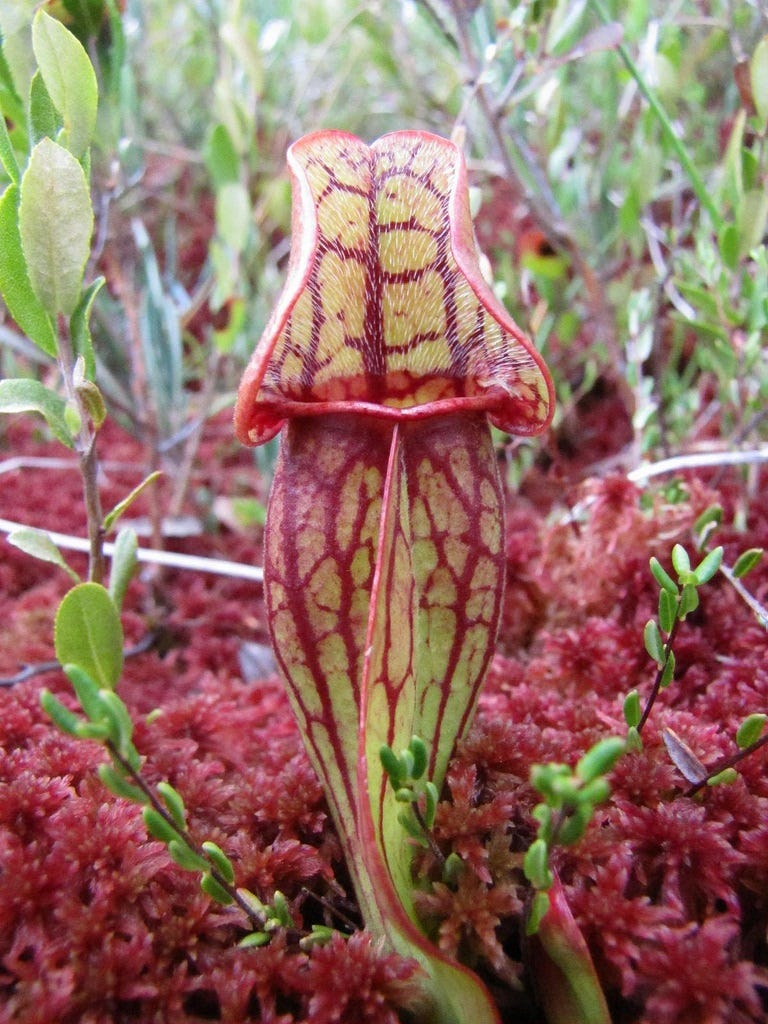

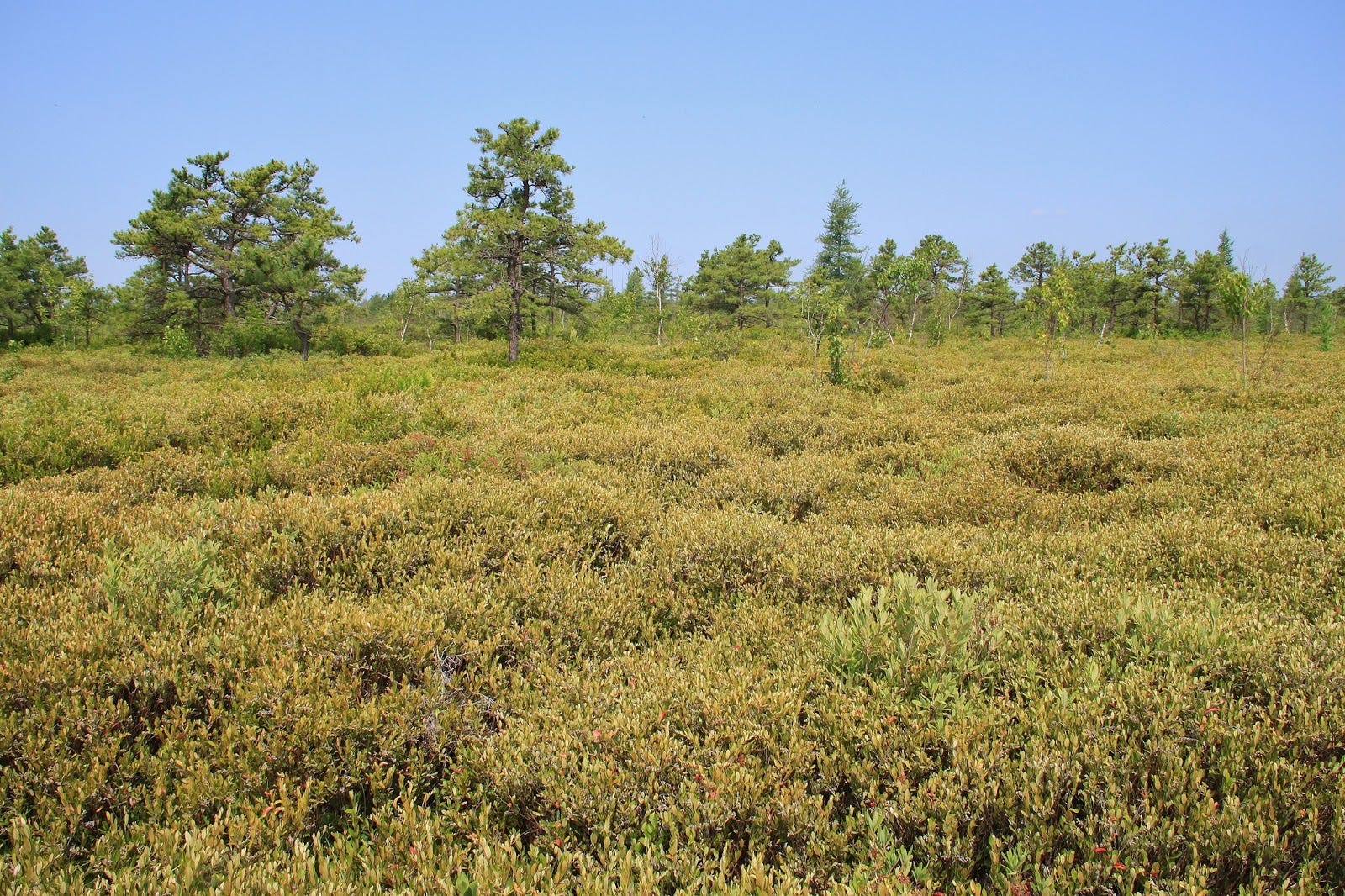


Đăng nhận xét